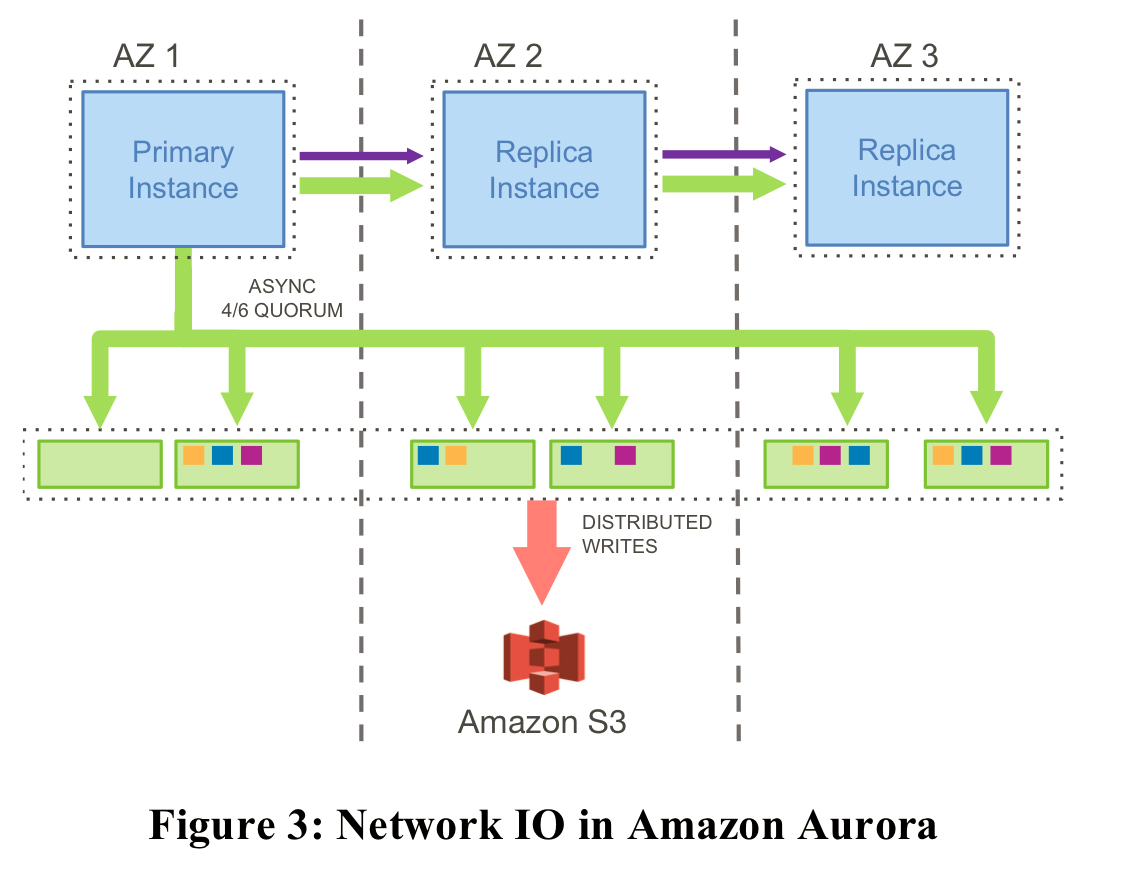

- #FREE RELATIONAL DATABASE CLOUD HOW TO#
- #FREE RELATIONAL DATABASE CLOUD INSTALL#
- #FREE RELATIONAL DATABASE CLOUD SOFTWARE#
- #FREE RELATIONAL DATABASE CLOUD SERIES#
You will also learn how to access databases from Jupyter notebooks using SQL and Python.
#FREE RELATIONAL DATABASE CLOUD SERIES#
Through a series of hands-on labs you will practice building and running SQL queries. You will create a database instance in the cloud. As such, you will work with real databases, real data science tools, and real-world datasets. The emphasis in this course is on hands-on and practical learning. It is also intended to get you started with performing SQL access in a data science environment. The purpose of this course is to introduce relational database concepts and help you learn and apply foundational knowledge of the SQL language. A working knowledge of databases and SQL is a must if you want to become a data scientist. SQL (or Structured Query Language) is a powerful language which is used for communicating with and extracting data from databases. Rather than accessing a single, central database, applications now access one of many database instances depending on which shard contains the desired data as shown in the Figure 3.3.įigure 3.Much of the world's data resides in databases.
#FREE RELATIONAL DATABASE CLOUD SOFTWARE#
This technique, known as sharding, allows multiple instances of database software - often MySQL software - to scale performance in a cloud environment. For example, Amazon Web Services provides two database services as part of its cloud offering, SimpleDB which is a NoSQL key-value store, and Amazon Relational Database Service which is an SQL-based database service with a MySQL interface.ĭatabase management systems have adapted to run in cloud environments by horizontally scaling database servers and partitioning tables across them. Instead, the database service provider takes responsibility for installing and maintaining the database, and application owners pay according to their usage.
#FREE RELATIONAL DATABASE CLOUD INSTALL#
In this configuration, application owners do not have to install and maintain the database on their own. Database as a service: some cloud platforms offer options for using a database as a service, without physically launching a virtual machine instance for the database. For example, Oracle provides a ready-made machine image with an installation of Oracle Database 11g Enterprise Edition on Amazon EC2. Users can either upload their own machine image with a database installed on it, or use ready-made machine images that already include an optimized installation of a database. It is possible to run a database on these virtual machines. Virtual machine Image - cloud platforms allow users to purchase virtual machine instances for a limited time. Deployment model: There are two primary methods to run a database on the cloud: Standards: There are currently no standards to convert a centralized database into a cloud solution. Integrity: It may be difficult to maintain the integrity of the database if it is too complex or changes too quickly. Security: Database fragments must be secured and so must the sites housing the fragments. Labor costs: With added complexity comes the need for more workers on the payroll. Complexity: Database administrators have extra work to maintain the system. Flexibility: System can be change and modified without harm to the entire database. Price: It is less expensive to create a network of smaller computers with the poour of one large one. Improved performance: Data is located near the site with the greatest demand and the database systems are parallelized, which allows the load to be balanced among the servers. Improved Availability: If there is a fault in one database system, it will only affect one fragment of the information, not the entire database. The advantages of such a database include the following:

Distributed databases like Amazon’s SimpleDB ,spread information among physically dispersed hardwae.But to the client, the information seems to be located at one place. Of the databases available on the cloud, some are SQL-based and some use a NoSQL data model. There are two common deployment models: users can run databases on the cloud independently, using a virtual machine image, or they can purchase access to a database service, maintained by a cloud database provider. A cloud database is a database that typically runs on a cloud computing platform, such as Amazon EC2, GoGrid and Rackspace. Databases are repositories for information with links within the information that help make the data searchable.


 0 kommentar(er)
0 kommentar(er)
